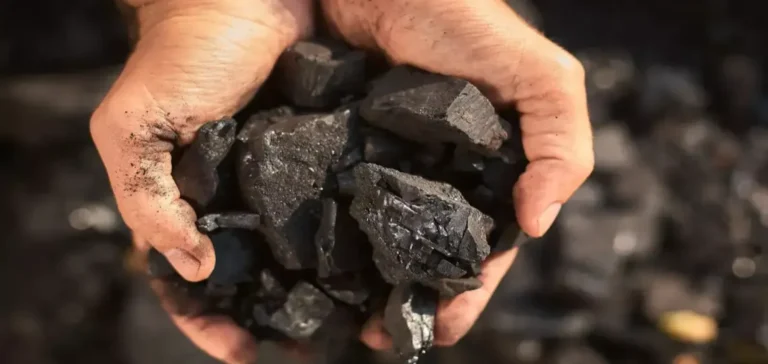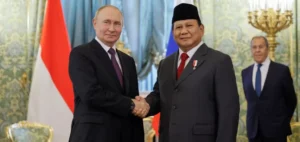Chinese coal buyers have begun preliminary discussions with Indonesian suppliers for 2026 deliveries, but are now favouring quarterly rather than annual contracts. This shift reflects a cautious procurement strategy, as seaborne thermal coal prices remain stable with no major upside expected next year.
Chinese buyers focus on flexibility
The negotiations, which started during the Coaltrans conference in Bali in late September, are still ongoing. According to industry sources, Chinese buyers are requesting fixed-price deals, while Indonesian producers are seeking longer-term contracts with greater price flexibility. China accounts for about 40% of Indonesia’s thermal coal exports, or around 150 million tonnes annually, giving it a key role in regional price formation.
Companies such as China Shenhua Energy, a subsidiary of China Energy Investment Corporation (CHN Energy), and Zhejiang Energy Group are reported to be in talks for contracts covering the first half of 2026. Guangdong Energy Group is also believed to be involved. However, none of these companies have confirmed the details of the negotiations.
Indonesian producers face oversupply pressure
A representative of Bumi Resources, Indonesia’s largest coal producer, said that mining companies wish to maintain a share of their annual output under long-term contracts. However, the current oversupply situation in Asia is pushing buyers to reduce their commitments. Freight rates remain steady, and demand is expected to stay moderate, leading Chinese buyers to prioritise profitability over volumes.
Asian thermal coal prices have remained within a narrow range over the past six months, driven by higher domestic production in China and India. The FOB Kalimantan 4,200 kcal/kg GAR price, the main market benchmark, was assessed at $43.65 per tonne on October 6, down about 18% year on year. China and India reached record-high coal production levels in 2024, at 4.5 billion and 1.1 billion tonnes respectively.
Diversifying China’s supply sources
Indonesian exports reached a record 550 million tonnes last year, although shipments in the first half of 2025 fell 9% from the previous year. Despite this decline, producers have maintained regular output. An Indonesian miner stated that margins remain positive but would come under pressure if prices fall further.
Parallel negotiations are also reported between China and Russian suppliers for deliveries during the first quarter of 2026. Russian cargoes, known for their higher calorific value, continue to attract Chinese utilities despite trade constraints related to sanctions. According to a China-based trader, the interest in Russian coal aims to diversify supply sources and strengthen China’s position in pricing discussions with Indonesian producers.
Market participants have also noted that logistical disruptions in Australia, another major exporter of high-calorific-value coal to China, have tightened spot availability. This has led Chinese buyers to hedge supply risks by diversifying origins ahead of 2026.






















